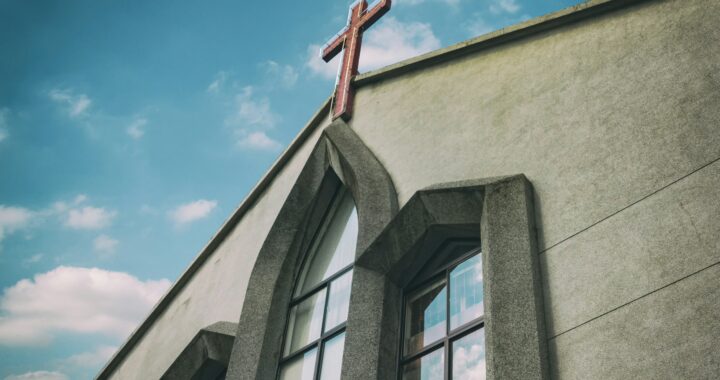Opposing Viewpoints: Alternative Energy Sources Must Be Safe
2 min readBy ANDREA FORCUM
Political Columnist
Japan’s nuclear crisis brings sobering realities in the U.S., with 20 percent of our nation’s electricity coming from nuclear power plants.
The Commonwealth of Virginia gets 39.6 percent of its power from nuclear plants. The closest plant to UMW is the North Anna Power Station at Lake Anna, a mere 38-mile drive to UMW.
As the tragedy in Japan unfolds, fears begin to surface everywhere as to the safety and preparedness of our own nuclear reactors.
The natural question is: are we prepared? Japan is world-renowned for their advanced technologies, yet the tsunami and the subsequent damage to the nuclear power plants caught them unaware. As a result, over 10,000 people died. Those still alive are being exposed to dangerous amounts of radiation leaking from the damaged plants.
Nuclear power is not inherently bad. In fact, it can offer several benefits. However, the power of something that great should be wielded with incredible responsibility.
Although nuclear accidents seem infrequent, the impact of a single nuclear event is widespread and long lasting. In Japan, where the earthquake has left so many hopeless, people risk death from the explosions and the subsequent radiation leaking from the nuclear plant.
It is easy for Americans to feel far removed from that kind of massive disaster. However, these kinds of incidents need to motivate us to approach the undertaking of nuclear power with caution.
California has more than a 99 percent chance of having an earthquake that is 6.7 or higher in magnitude within the next 30 years, according to Sciencedaily.com. Currently, two nuclear plants sit upon active fault lines and neighbor vastly populated cities in California.
With the lives of millions potentially at stake, locating nuclear power plants on a major fault-line demonstrates a serious lack of discretion. It is not that nuclear energy is the enemy of society, but harvesting this technology irresponsibly is reckless.
Until more can be done to avoid nuclear disasters of the magnitude that Japan currently suffers, we should pursue safer options. Solar, wind and natural gas are all viable options for development.
According to the U.S. Energy Information Administration, 44.9 percent of the nation’s energy still comes from coal. Rather than pushing development of nuclear plants, maybe it’s time to push development that’s both clean and safe.


